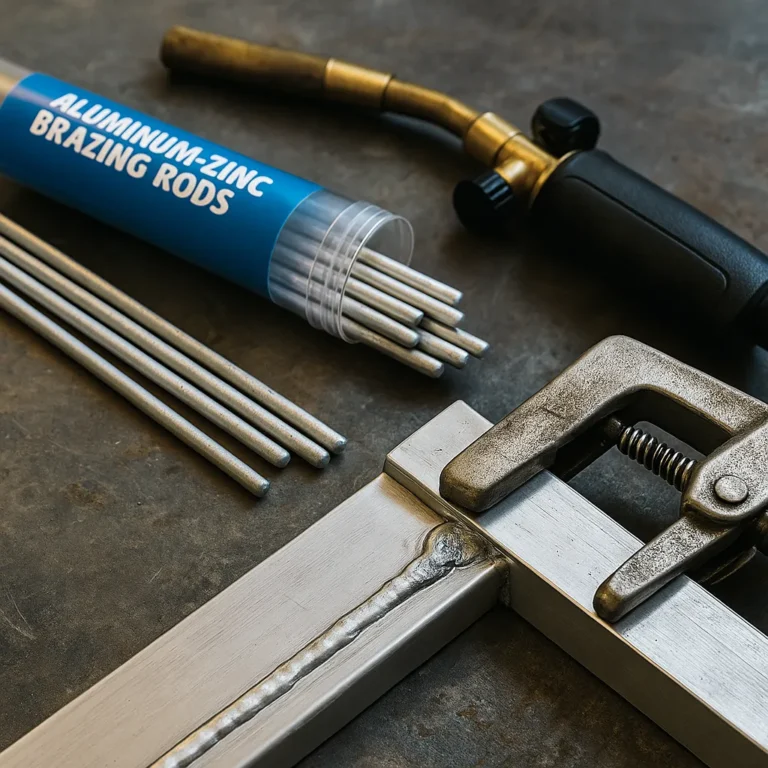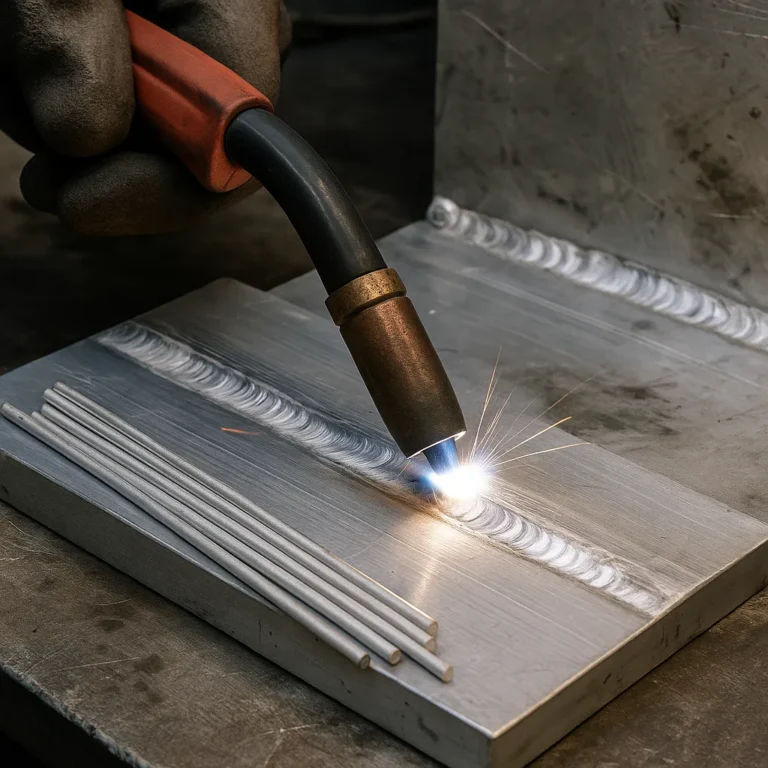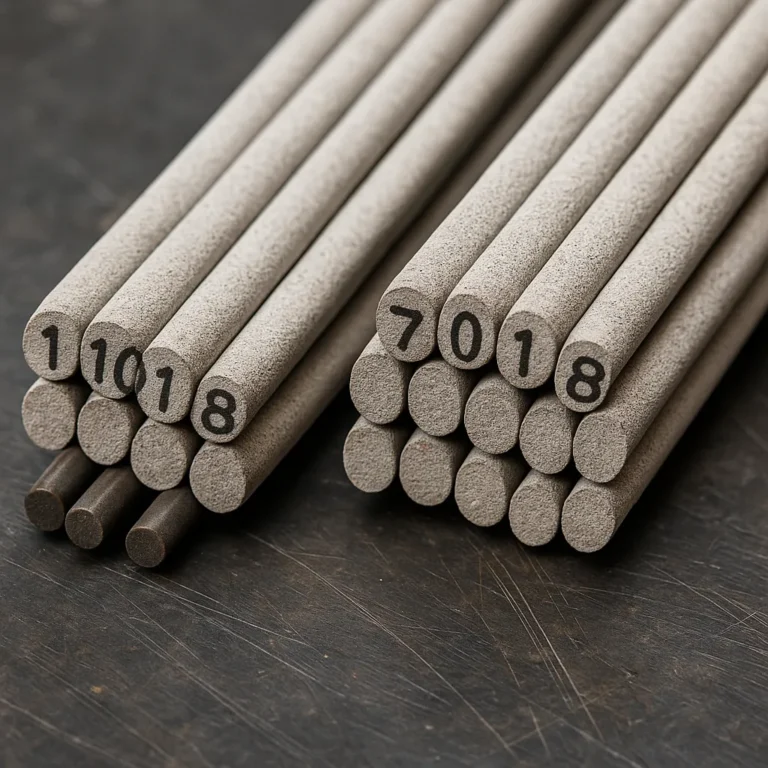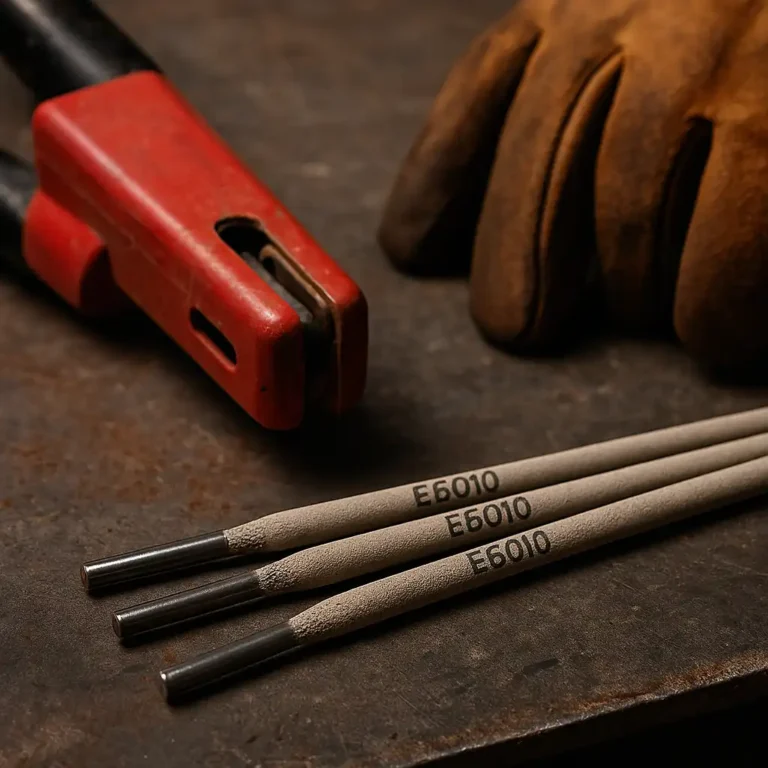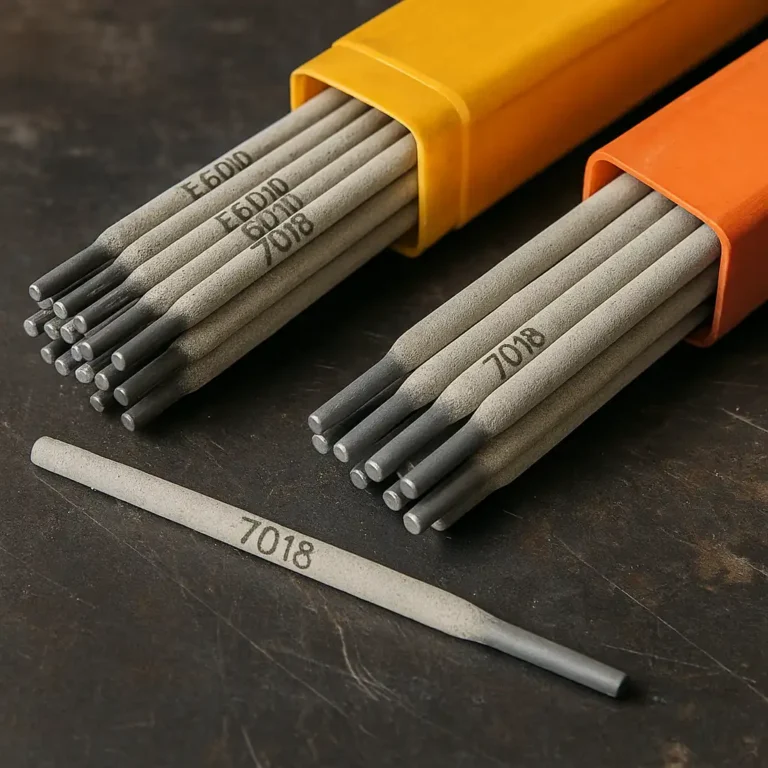What Filler Rod for Cast Aluminum – Strong Options That Work
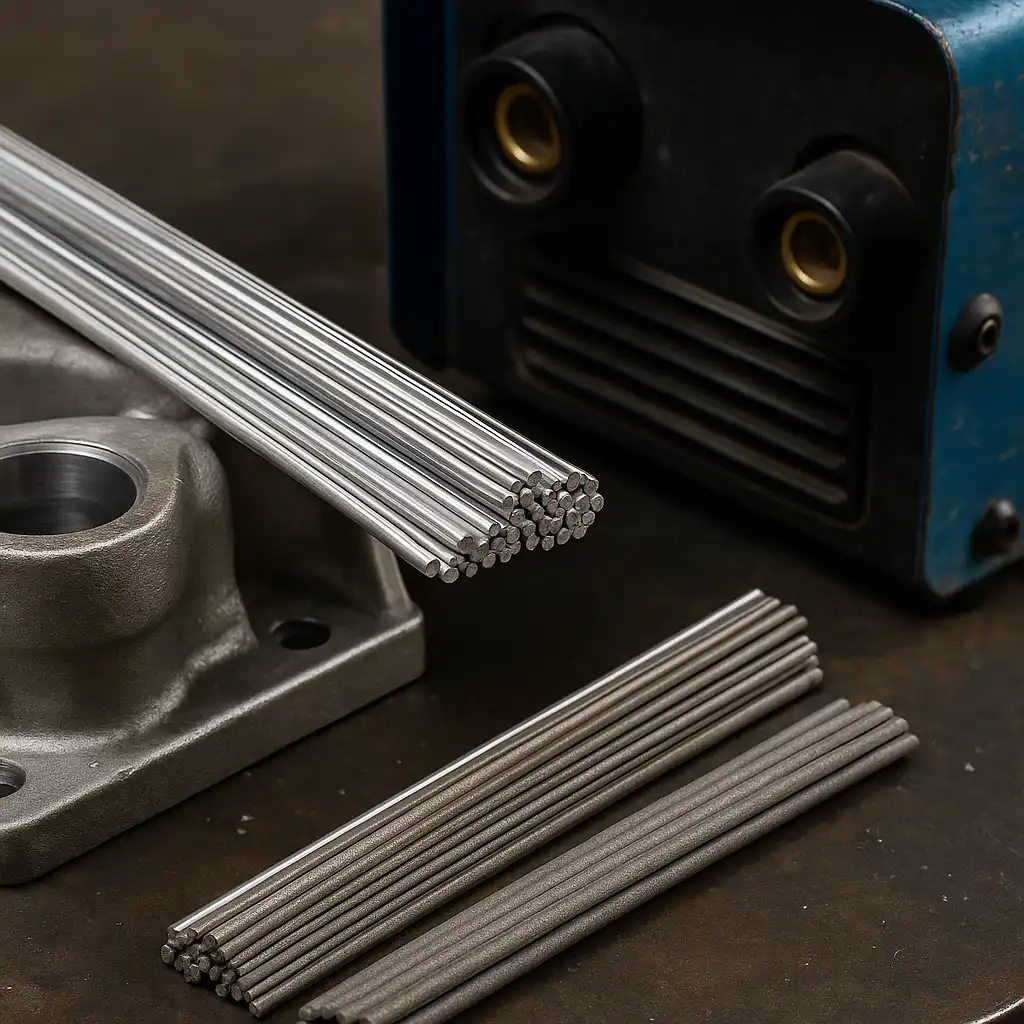
Disclosure: This post contains affiliate links. As an Amazon Associate, I earn from qualifying purchases—at no extra cost to you.
Last Updated: September 12, 2025
Welding cast aluminum can test your patience. Castings often carry porosity, oil, and uneven alloys that make them harder to weld than fresh plate. Picking the right filler rod is what keeps the weld from cracking and makes the repair stick.
👉 Need a refresher on rod choices? Our complete welding rods guide covers the main types and when to use them.
📋 Quick-View Summary
- 🔧 4043 Rod – ⚡ Smooth flow, less cracking, ideal for general cast repairs
- 🔧 5356 Rod – ⚡ Stronger welds, better for trailers, marine, and heavy-duty castings
- 🔧 Most Common Picks – ⚡ 4043 and 5356 cover nearly all cast aluminum jobs
🔎 Why Filler Rod Choice Matters on Cast Aluminum
Cast aluminum shows up everywhere—engine housings, machine parts, trailer pieces. But it doesn’t weld cleanly, and the wrong rod can leave weak, brittle joints. Most welders rely on 4043 or 5356. Each works, but the choice depends on whether you’re chasing crack resistance or raw strength.
👉 Want to see how filler choice changes with extrusions? Check our guide on filler rods for 6061 aluminum.
🔎 4043 Filler Rod – Reliable for Cast Repairs
4043 is the rod many welders reach for first. Its silicon content helps the puddle wet out and reduces cracking, which is exactly what you need on dirty or porous castings. It’s a solid pick for housings, brackets, and light-duty repairs. The limitation is strength—4043 doesn’t carry the same load capacity as 5356.
🔎 5356 Filler Rod – When Strength Is the Priority
When a casting needs to hold weight or take abuse, 5356 is often the answer. The magnesium base gives stronger welds that stand up better under stress. You’ll see it used in marine parts, trailers, and structural castings. The downside is that it’s less forgiving—if the casting isn’t cleaned well, 5356 is more likely to crack.
📦 Best Filler Rods for Cast Aluminum – Applications
- 4043 – Best for housings, machine parts, and general repairs where crack resistance matters
- 5356 – Best for marine castings, trailers, and structural welds where strength is key
No filler rod is perfect. 4043 is forgiving and resists cracking but lacks muscle. 5356 brings strength but demands cleaner prep. Knowing when to use each keeps your welds solid and saves rework.
🟢 FAQs
Q: What filler rod is best for cast aluminum repairs?
A: Most welders use 4043 because it runs smooth and cracks less.
Q: Can I weld cast aluminum with 5356?
A: Yes. It’s stronger, but it may crack more easily if the casting is dirty or porous.
Q: What aluminum filler rod is most common overall?
A: 4043 and 5356 are the most common rods for cast and extruded aluminum.
Q: How should I prep cast aluminum before welding?
A: Clean thoroughly—remove oil, dirt, and oxides. Good prep often matters more than rod choice.
✅ Conclusion
If you’re deciding what filler rod for cast aluminum to use, it usually comes down to 4043 or 5356. 4043 is smoother and crack-resistant, while 5356 gives the strength needed for heavy-duty jobs. Match the rod to the casting, and you’ll spend less time fixing welds that didn’t hold.

